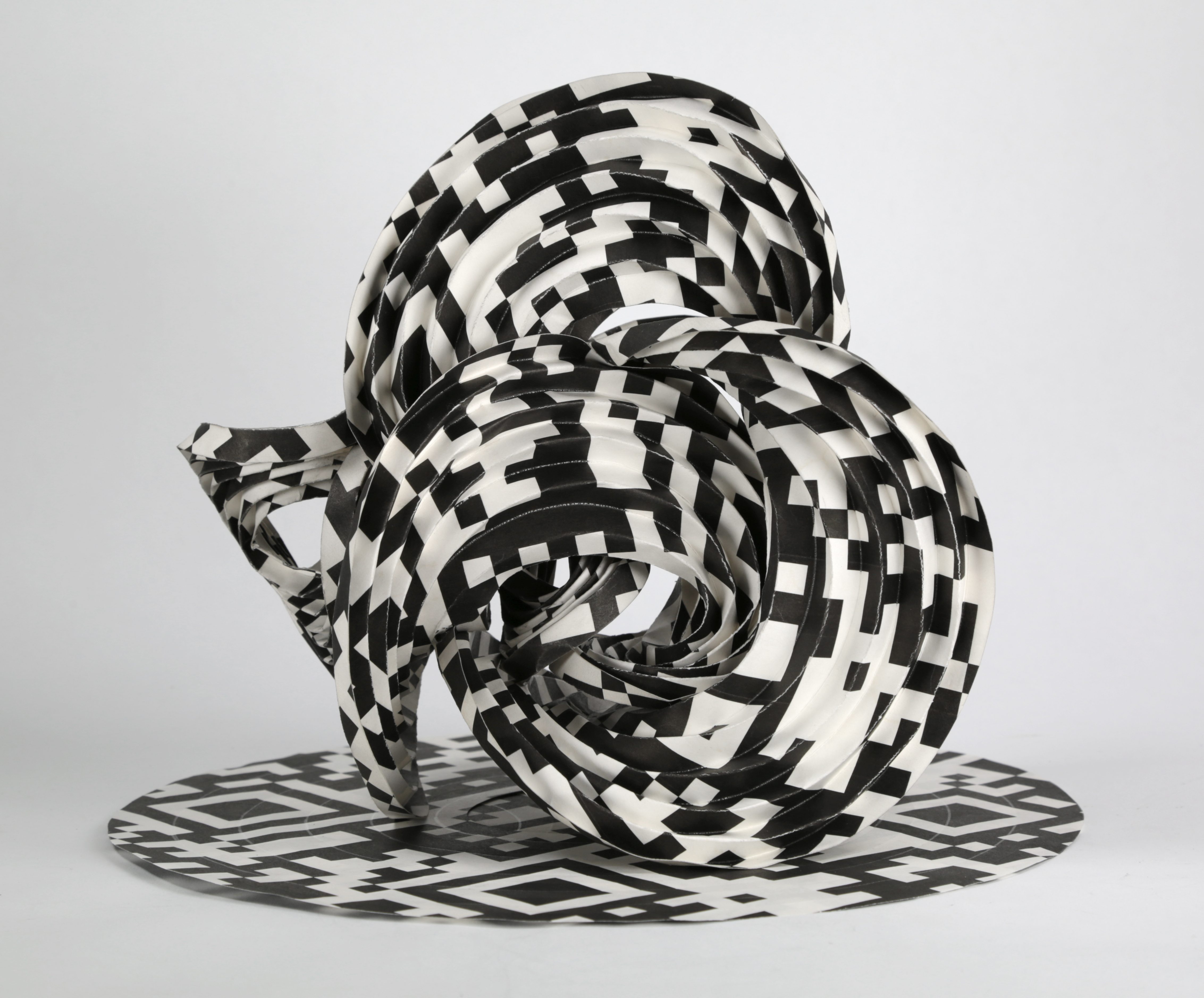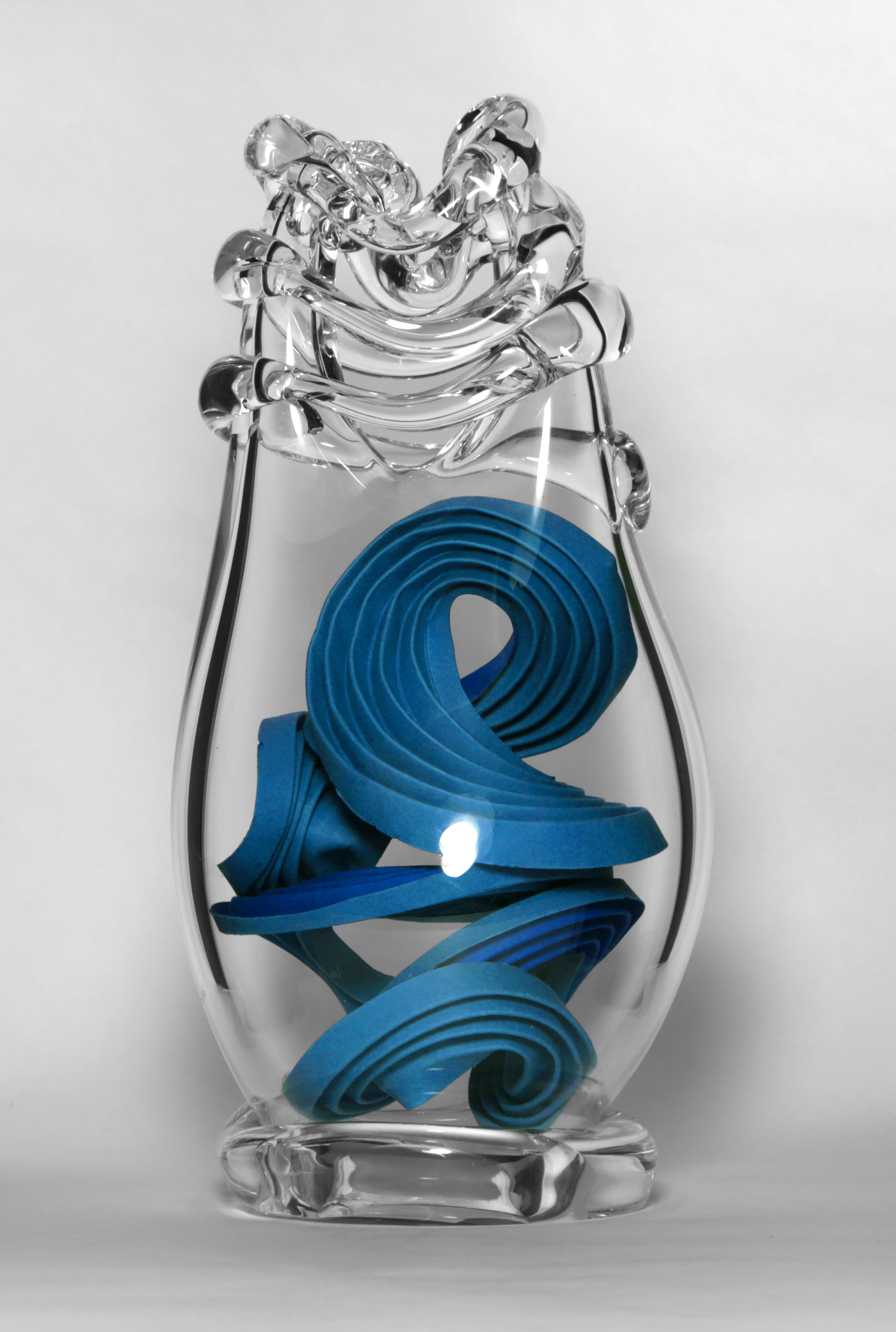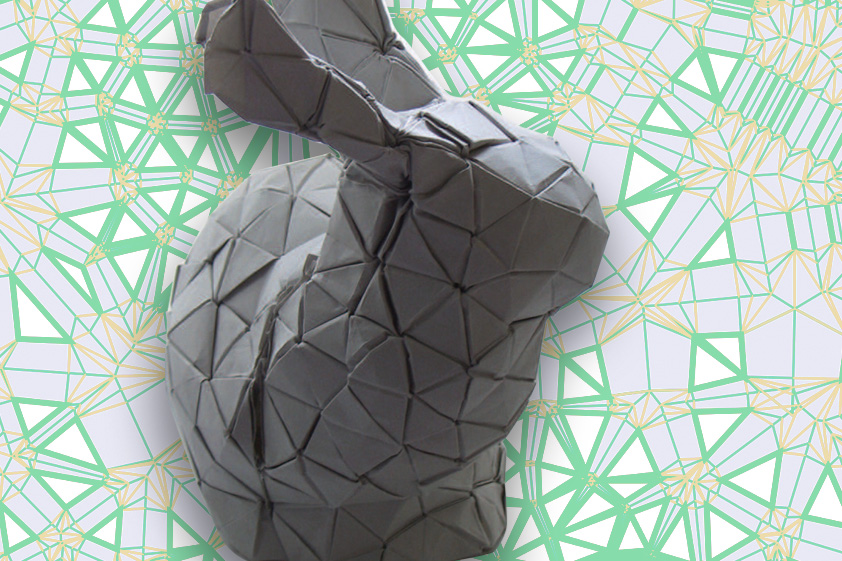You don’t often think of origami, the tactile, super-analog art of paper folding, as high-tech. Paper cranes have about as much in common with computer science as, say, tie-dye and jet propulsion. But MIT professor Erik Demaine has spent nearly 20 years perfecting a highly-efficient algorithm that allows any 3D shape to be reproduced as origami. Demaine has also collaborated with Tomohiro Tachi, whose 2008 origami-generating freeware Origamizer will now be equipped with the universal algorithm.
This kind of blending of mathematics and origami is still relatively new. In the early 1990s, origami artists in Japan began experimenting with increasingly complex insect designs, and the resulting competition between artists—known as “the bug wars”—led to new mathematical problems.
Videos by VICE
“They were kind of developing a mathematical theory, somewhat by accident,” Demaine tells Creators. “That’s where mathematics and origami started merging, because here we’re using mathematical and computational tools to design origami that humans couldn’t really do before. They couldn’t figure out how to make models with 27 different limbs.”

Soon after that, Demaine and some colleagues proved that, in principle, any three-dimensional object could be reproduced using a single piece of paper. “But we didn’t really have a good way to do it,” he says. “We had a strategy, but it was extremely inefficient, wasting almost all of the material in the piece of paper. The foldings would be super flimsy and so on, totally impractical. But at least it was a proof of concept.”
For the last 10 years, Origamizer has been a useful tool, an algorithm for generating origami out of most objects. But Demaine and Tachi kept finding flaws in the programming. “We kept patching the holes and finding improvements to the algorithm until finally we got one algorithm we could prove always works.”
The new algorithm seems like the last step in the process, but there’s still room for growth in the field of computational origami. “There’s always more,” says Demaine. “This [new algorithm] gives an interesting way to make an arbitrary geometry, but geometry isn’t the only challenge you might care about … you might also want the thing that you fold to be structurally stable to support weight or have certain functional properties, structural stiffness and so on.”

The potential applications of these studies are impressive. Origami-based engineering is a field in which these findings are applied to architecture. Demaine’s research can offer insight into how buildings can be quickly and efficiently built using cheap and accessible sheet material. “Coming from a math and science background, I actually find art really inspiring,” Demaine says. “Instead of using mathematical tools to help design art, we use art to inspire new mathematical problems. We’re trying to build a sculpture, and we get stuck, and that leads to a new math problem to figure out.”
These innovations remain important to the art world, as well. Demaine hopes to eventually develop an algorithm for curved paper structures—his current findings only apply to straight folds in paper. Curved paper structures can be far more complex, and Demaine sees potential there. “Because each fold itself is more complicated. You get a lot more from less,” he says.

Origamizer is free to use now, and you can see more of Demaine’s work on his website, where he showcases not only his origami, but also glass work. Demaine has also developed a unique glassblowing algorithm, which is also available for free online.
Related:
This Paper Magician Constructs Unbelievable Origami
Hand-Knit Paintings Weave DNA into Algorithms
Orange Peel Animals Aren’t Technically Origami, But They’re Still Awesome
More
From VICE
-

Photo: PeopleImages / Getty Images -

Photo: FG Trade / Getty Images


